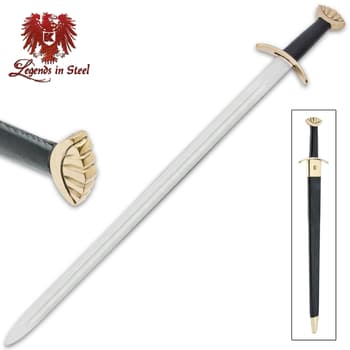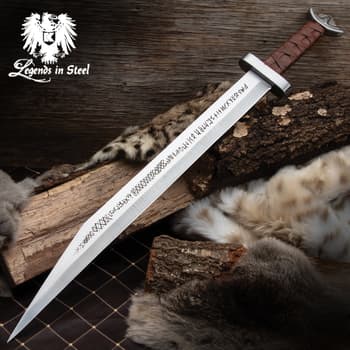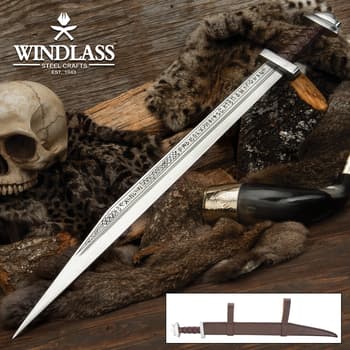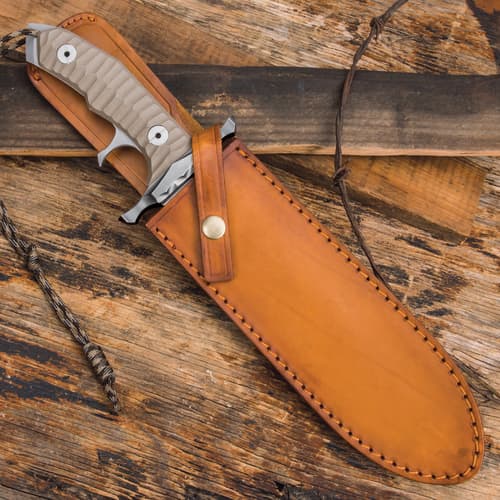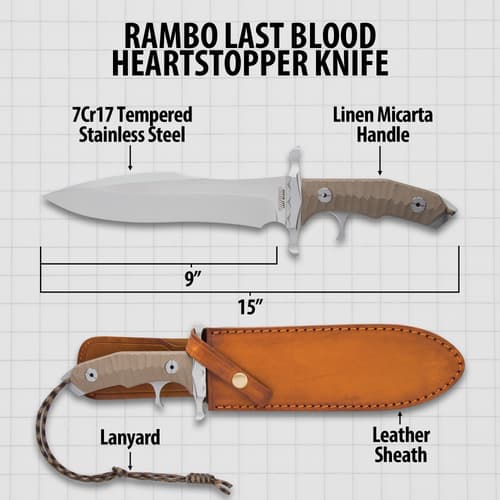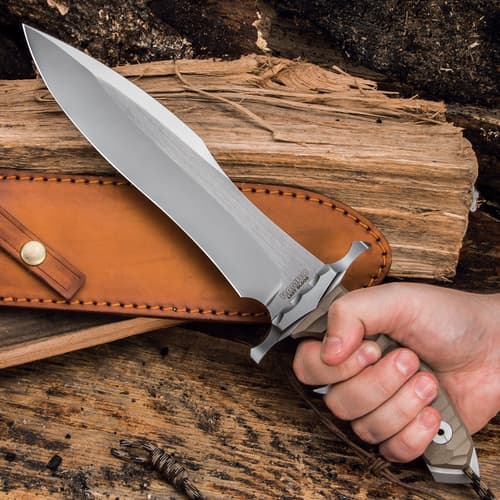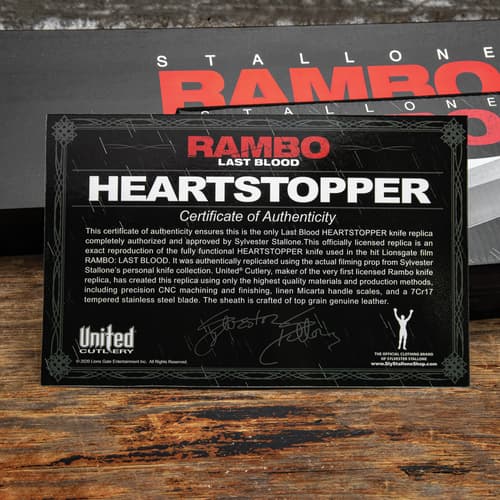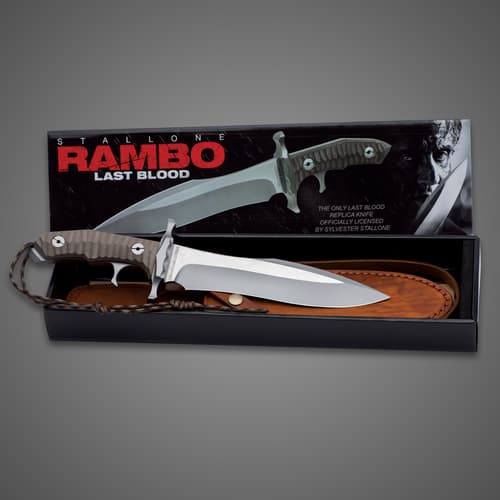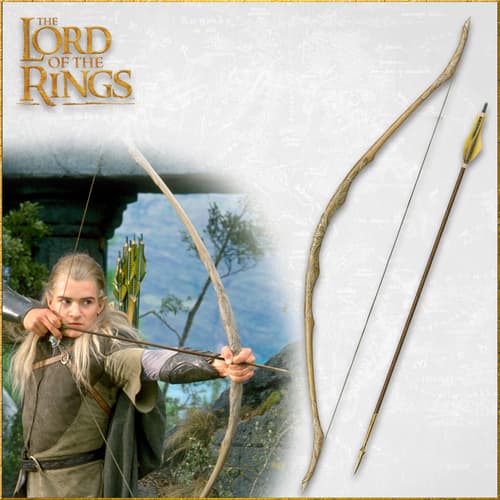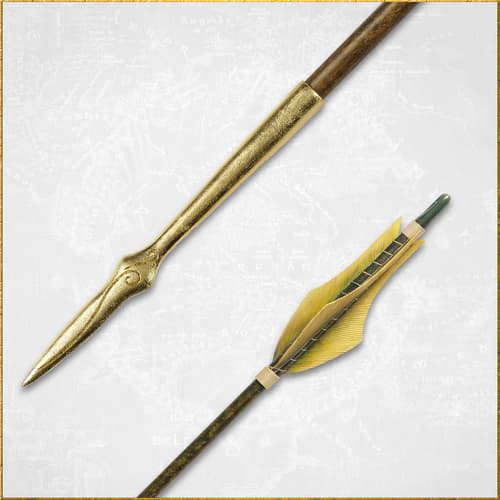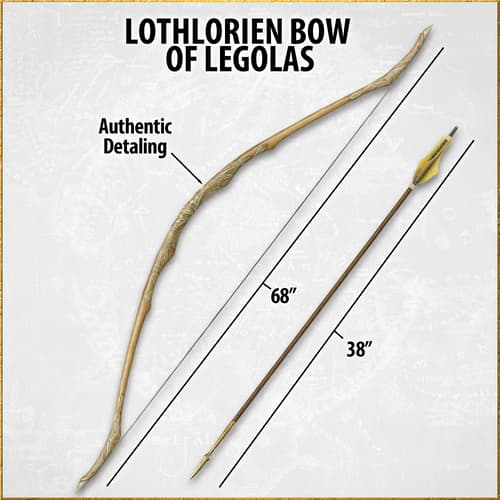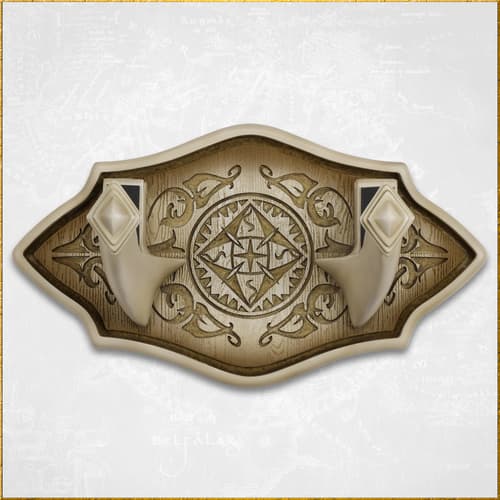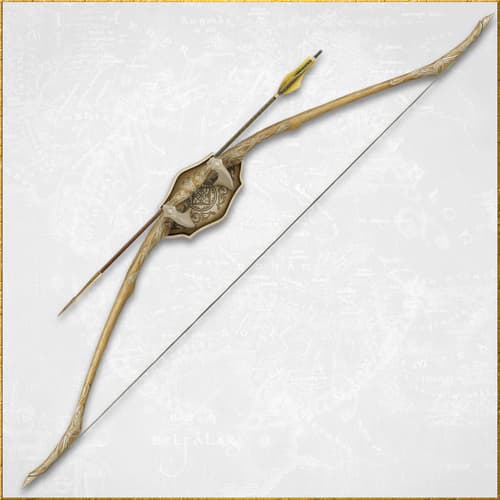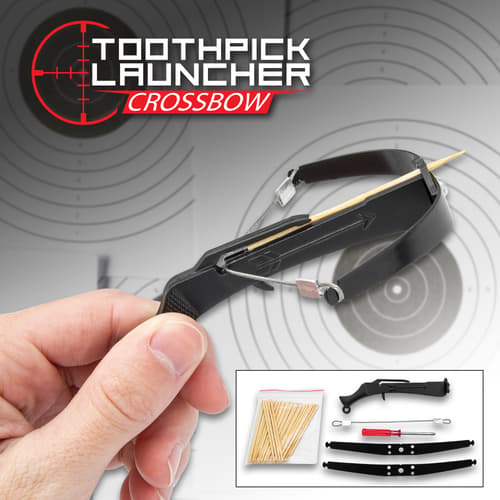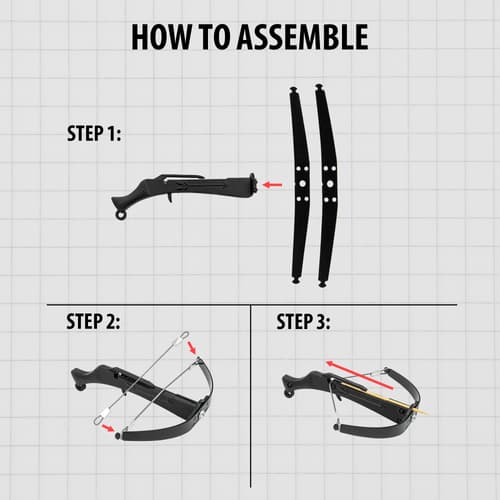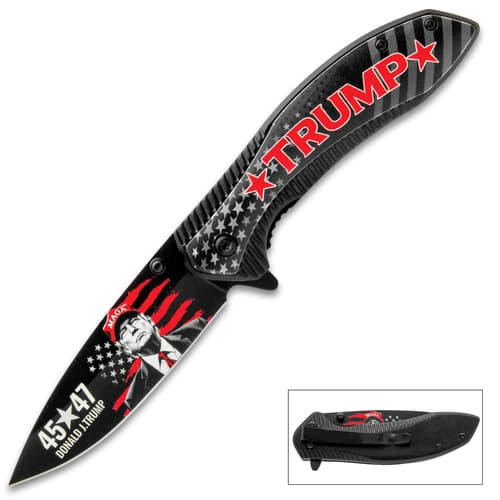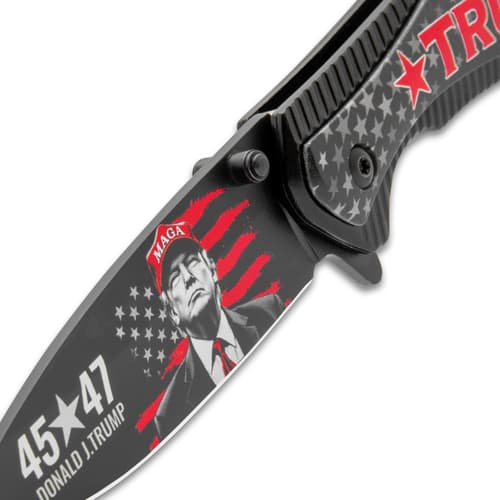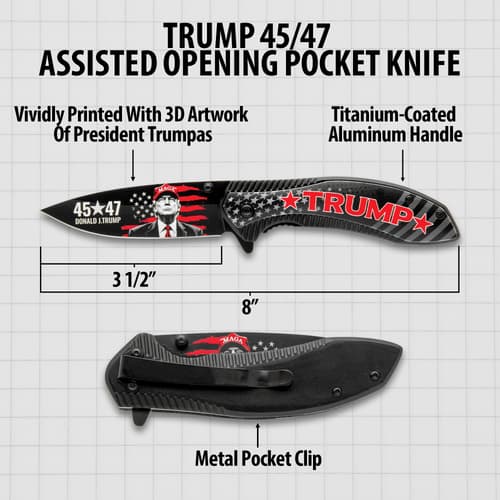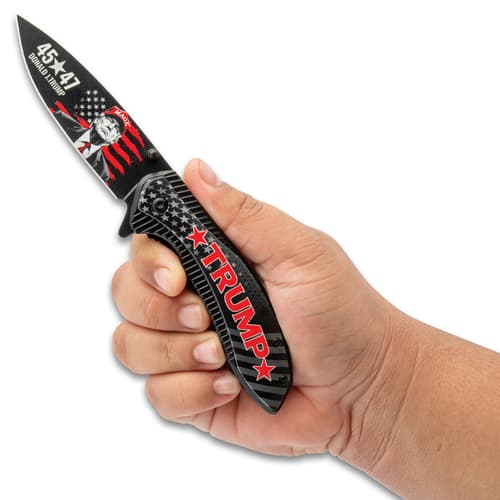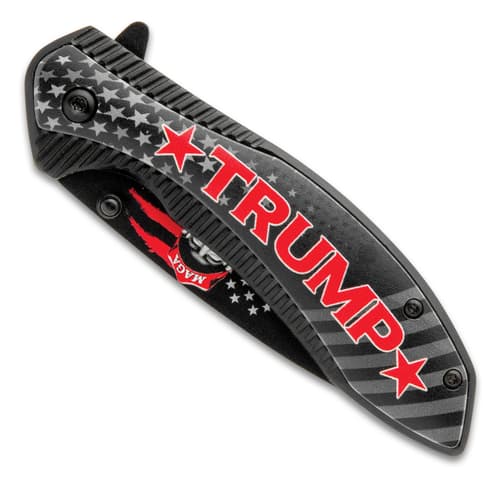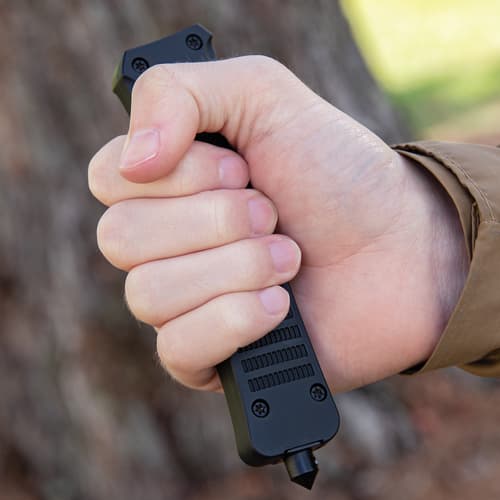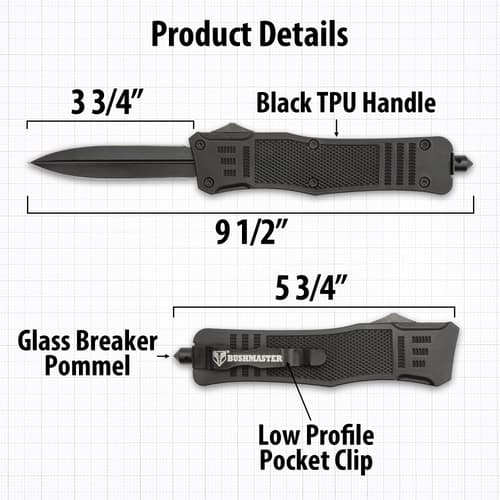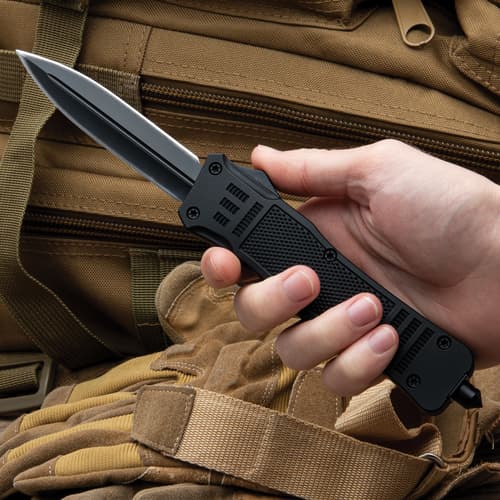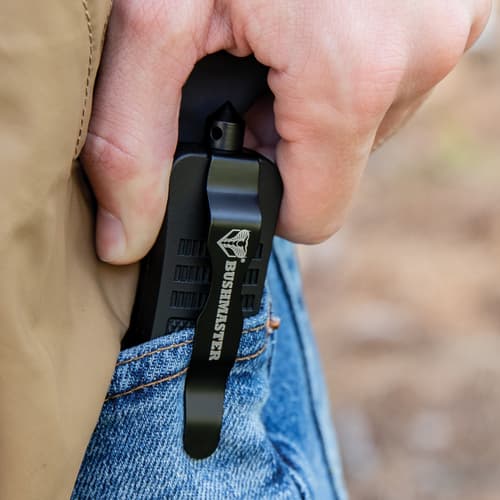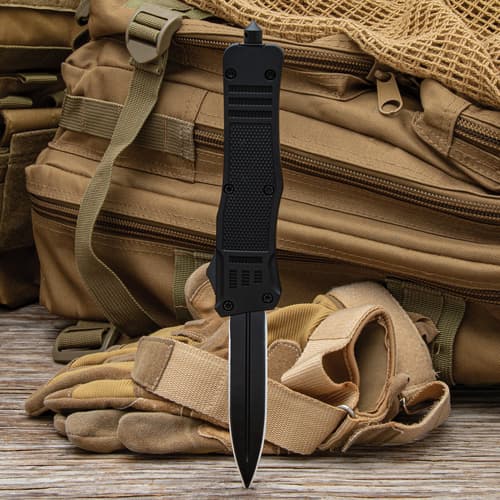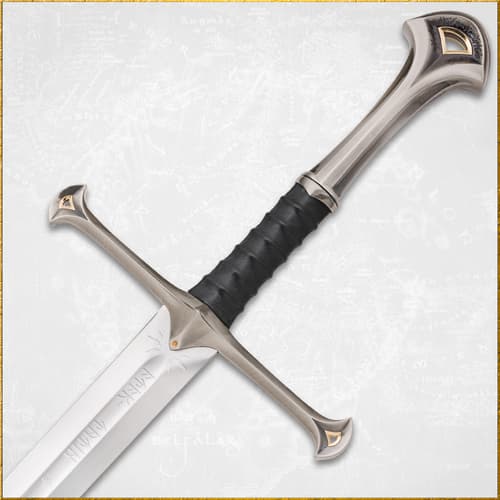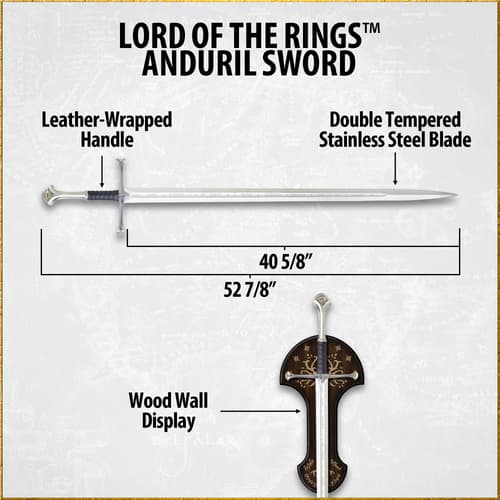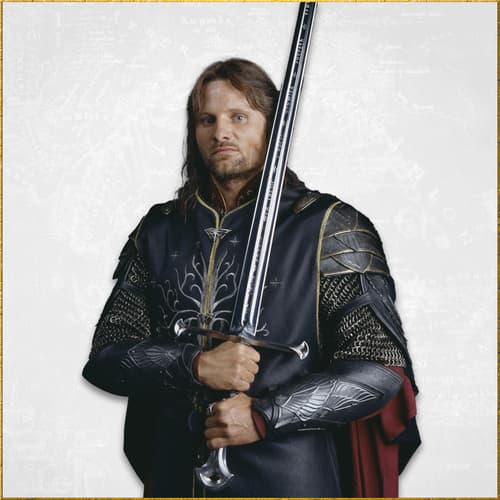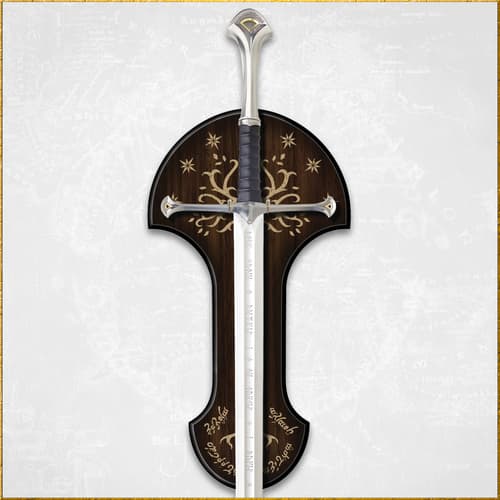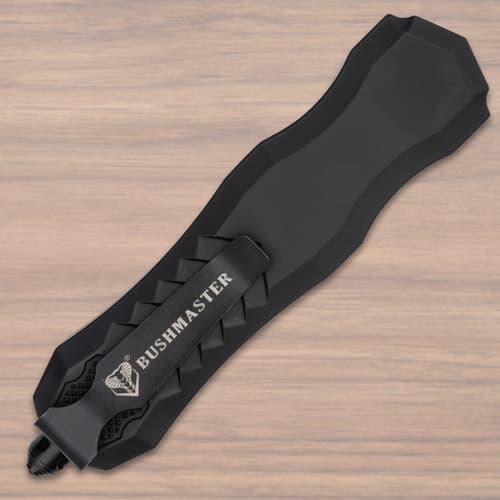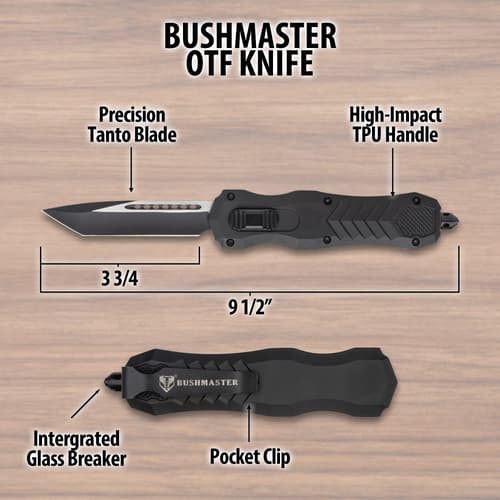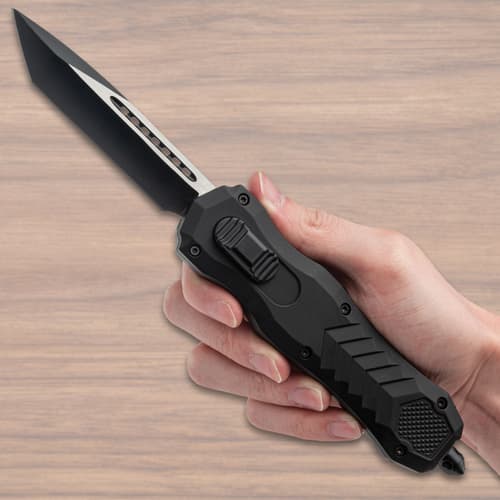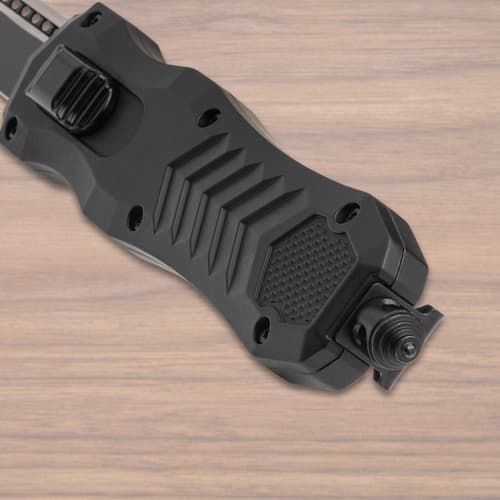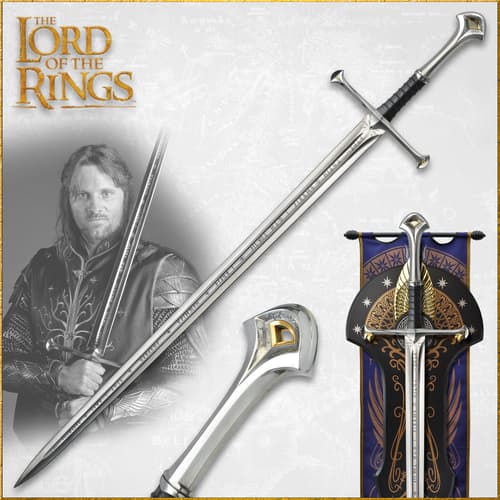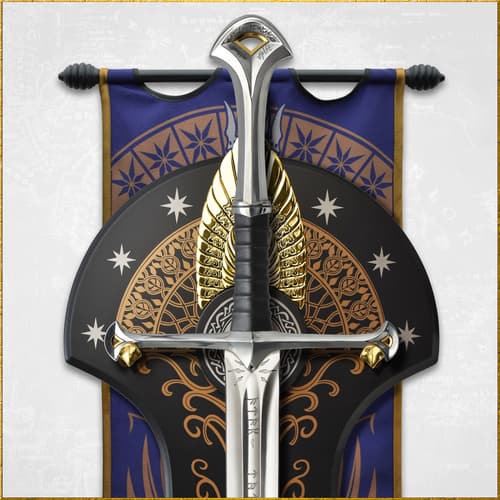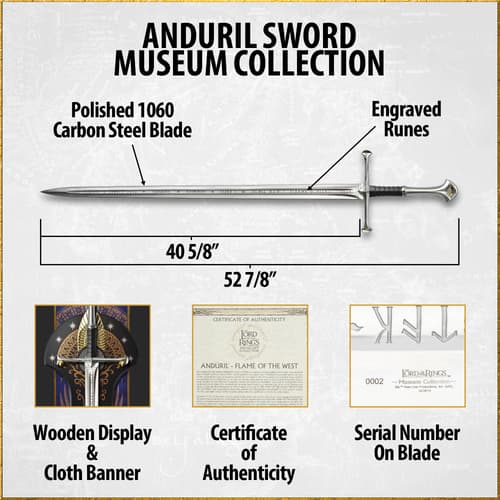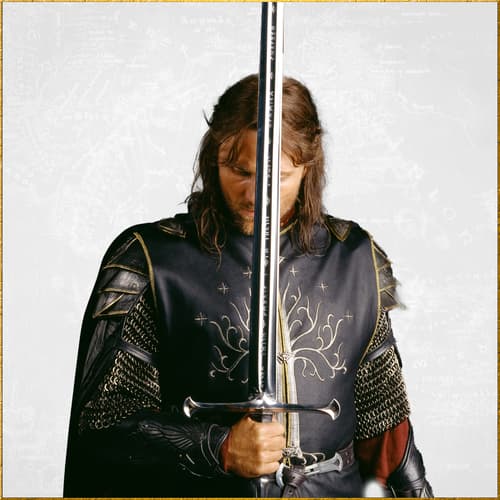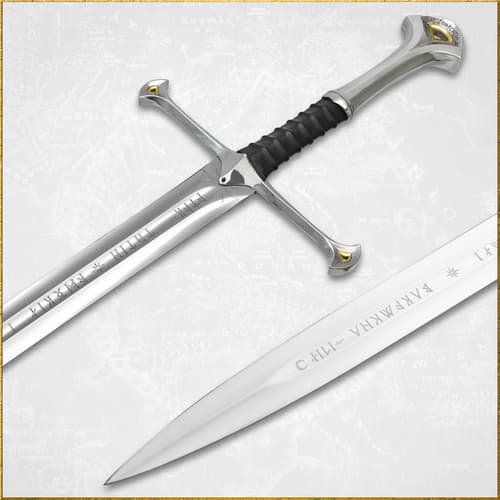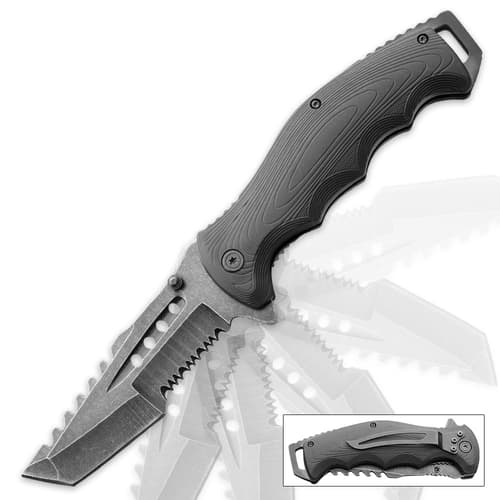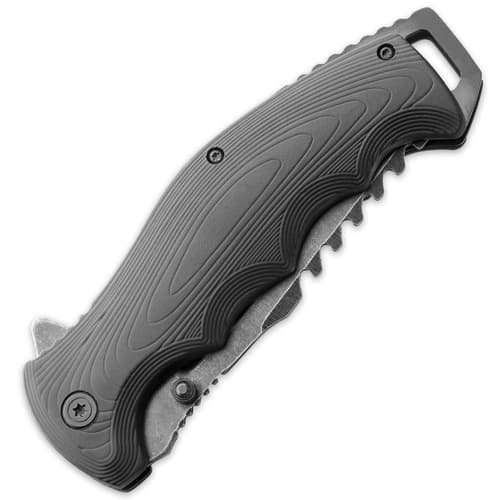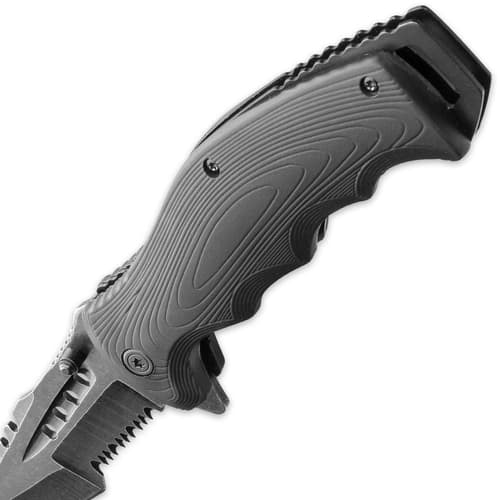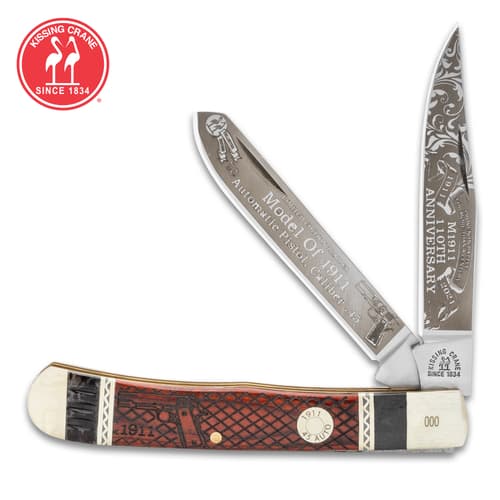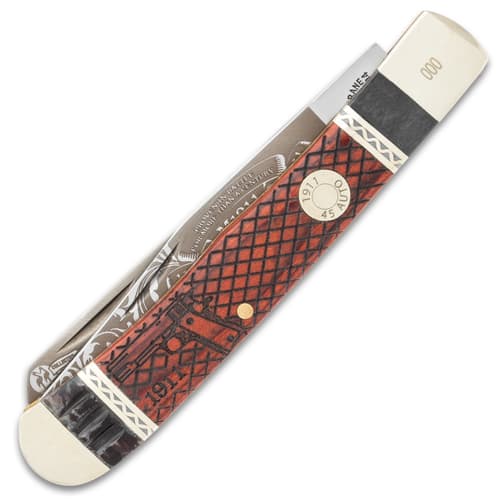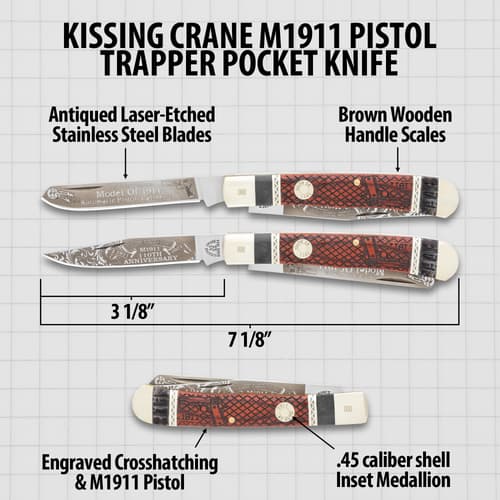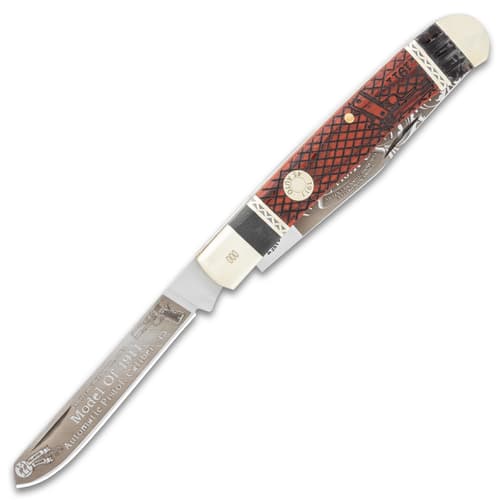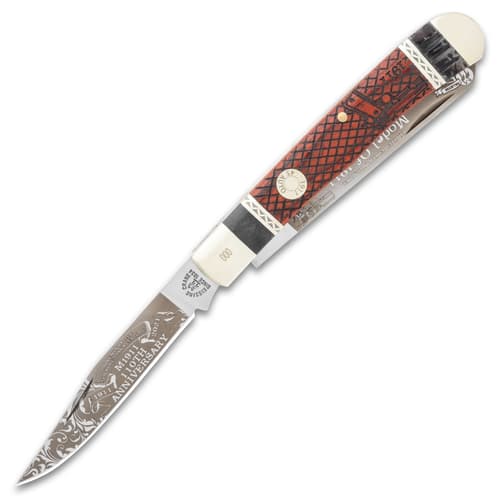Did Vikings Carry Swords?

By Adelia Ladson
Who Were The Vikings?
Made legendary in songs, books, films and television series, the Vikings were a fierce seafaring people. They came from the Scandinavian countries of Norway, Denmark and Sweden to attack towns along the coasts of Scotland, England, Ireland, France, Italy and even went into Russia. During the height of the Viking’s civilization, they were touted as tactical warriors, savvy traders and intrepid explorers. When not raiding, the men were farmers, merchants, craftsmen and blacksmiths. The last is a skill in which they excelled, especially, in crafting weapons that were extremely effective. This is the reason that they were so successful as raiders.
What Weapons Did They Use?
In Viking society, every free man was always armed and even kept a weapon within easy reach of the bed at night. A people that feuded amongst themselves and settled arguments with single combat, defending honor was a part of every day life in this honor-based society. What you usually think about when it comes to Viking weapons is the axe. This is the weapon that they are portrayed as carrying in Viking lore and legend. This is actually true. Most men carried an axe tucked into their belt as it was also an important tool for daily tasks, especially on the farm. It was favored as a battle weapon because the long handle gave a combatant the advantage of a longer reach. Another popular weapon was the spear, which varied in shape and size based on whether it was used for throwing or thrusting. The bow and arrow was used by the Vikings for hunting until they discovered how useful it could be when they were raiding. This weapon allowed them to pick-off enemies before they got into close combat range.
What About A Sword?
Although the Vikings were skilled blacksmiths and ironmongers, this didn’t make iron any less easier to get, as it had to be mined. So, like everything that’s harder to procure, iron had a premium price. This made weapons costly and only the wealthy could afford to outfit themselves in all of the weapons available. A poor man would only carry an axe or spear and a shield when raiding or waging war. A sword was the most expensive Viking weapon so only the rich elite and military leaders carried them. Typically, a Viking sword was around 35” in overall length with a double-edged, pattern-welded blade. The swords were highly decorated and were carried in a scabbard over the shoulder so that they could be drawn with the right hand.
Viking Swords To Conquer With
When you’re looking for high-quality, historical reproduction swords, Windlass Steelcrafts has a long history of excellence in the industry. They have partnered with artists and design studios to produce props for movie studios and television shows. To achieve absolute authenticity with their swords, Windlass modeled many of them directly from originals housed in museums and private collections. Days and sometimes months of research and study are involved to assure that every small detail is incorporated in each reproduction sword.
Sticklestad Viking Sword
The Sticklestad Viking Sword was copied from a specimen that would have been used during the Battle of Sticklestad in Norway. This was the battle where St. Olaf fell, a Viking king who became a Christian and tried to unify Norway but was unsuccessful. He was canonized and is one of Norway’s heroes. The reproduction sword is made from high-carbon steel with a pommel and guard decorated with copper. The wooden grip is covered in a genuine leather. It comes complete with a scabbard.
Ashdown Viking Sword
A sword befitting any who would have sought Valhalla, the Ashdown Viking Sword is a replica of the sword that would have been used in the battle of Ashdown, a West Saxon victory over a Danish Viking army. The armorers of Windlass forged the sword of high carbon steel with a full, extra-wide fuller that makes the blade light. Soft, worn leather covers the ridged wooden grip and the pommel is steel with a darkened, forge finish. The steel crossguard has been decorated with raised knotwork and it also has a darkened, forge finish. The sword can be carried in its leather scabbard with the belt.
Leif Erikson Sword
The Leif Erikson Sword got its name from the legendary Viking who is credited as the first Viking ever to reach the shores of North America. This remarkable reproduction sword is a testament to that noble seafarer. It has a high carbon steel blade with a wide fuller and the wooden handle is covered in black leather and three knotwork rings. The steel pommel and guard have been sculpted with sea dragons and intricate knotwork, enhancing the beauty of the sword. A black leather scabbard with equally stunning hardware and a leather baldric belt are included.
The Viking Ulfberht Sword
The Viking Ulfberht Sword is one of the most important swords in the study of Medieval weapons. An old legend has it that a Nordic smith named Ulfberht developed the first all-steel blade. Prior to that, all European swords were pattern-welded, a process where soft iron bars were welded together with strips of steel. Then, it was forged into a blade shape and a steel edge was welded onto it. The Ulfberht Sword was not made with strips but with good carbon steel and the blade was tapered more sharply to a point, making it a quantum leap in both technology and design. This crucial development achieved near-mythical status among warriors and several of these blades from slightly different time periods exist, some engraved in gratitude and reverence with Ulfberht’s hallowed name. The Windlass sword has engravings on both sides of the blade that are copied exactly so that the reproduction is identical, warts and all. Made of high carbon steel, the blade is beautifully balanced, and the grip is leather-wrapped wood. The stout crossguard is steel and the pommel is of the Brazil nut shape that was quite popular at the time, both with Vikings and the rest of Europe.
Shop Products Here:
- Sticklestad Viking Sword
- Ashdown Viking Sword
- Leif Erikson Sword
- The Viking Ulfberht Sword
